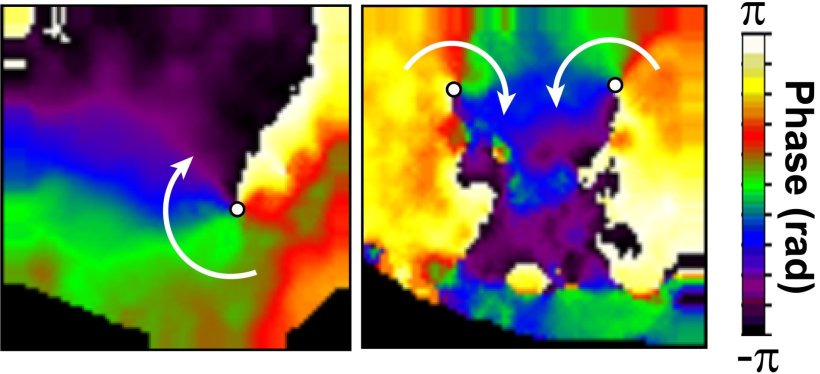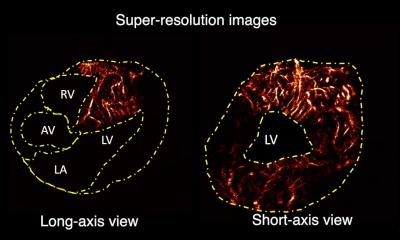
Image source: CNIC; adapted from: Romero-Becerra et al., Nature Cardiovascular Research 2023
News • Ventricular fibrillation research
Promising therapeutic target for cardiac arrhythmias discovered
A study led by Guadalupe Sabio and José Jalife at the Centro Nacional de Investigaciones Cardiovasculares de Madrid (CNIC) in Madrid has identified a new signaling mechanism implicated in the development of ventricular fibrillation, a type of arrhythmia, or irregular heartbeat.
The study findings, published in the journal ‘Nature Cardiovascular Research, offer promise of future treatment options for this life threatening condition. Ventricular fibrillation is the most frequent cause of sudden cardiac death. Although aging is an established risk factor for the development of cardiac arrhythmia, the mechansims underlying this connection have been hard to pin down, hindering progress toward the development of specific treatments.
The heartbeat is a cycle of regular contractions of the cardiac muscle that pump blood efficiently throughout the body. Achieving this requires the highly coordinated contraction of the cardiac muscle cells in a meticulously orchestrated pattern. With the development of an arrhythmia, the cardiac cycle speeds up and becomes irregular, with potentially life threatening consequences.

Image source: CNIC
Working with animal models, the CNIC team discovered a connection between the development of ventricular fibrillation and the activation of two key signaling proteins, the stress kinases p38γ and p38δ. The link with these enzymes was independent of the sex of the animals. This discovery opens the way to new possible intervention strategies for this condition.
When we found that activation of these p38 kinases was a shared feature of distinct arrhythmogenic situations, we realized that they likely play an important role that we needed o investigate
Rafael Romero
When the scientists examined the hearts of old mice, they found that the activation of p38γ and p38δ was increased. A similar increase in the activity of these enzymes was also observed in the hearts mice with a genetic or pharmacologically induced predisposition to developing ventricular arrhythmias. Together, these results suggest that stress signaling via p38γ and p38δ likely plays an important role in the development of this condition. “When we found that activation of these p38 kinases was a shared feature of distinct arrhythmogenic situations, we realized that they likely play an important role that we needed o investigate,” said first author Rafael Romero.
An in-depth analysis of this signaling pathway revealed that when these protein kinases are activated they alter the electrical properties of cardiomyocytes (the heart’s muscle cells), triggering the appearance of arrhythmias. This onset of arrhythmia involves p38-mediated alterations to specific ion channels that coordinate cardiomyocyte contraction. The scientists found that p38γ and p38δ phosphorylate a receptor called ryanodine receptor 2 and another protein called SAP97, resulting in a mislocalization of the potassium ion channel Kv4.3. These molecular changes lead to premature ventricular activation and an increased susceptibility to ventricular fibrillation.
The study findings identify a promising therapeutic target for the development of new strategies to prevent sustained ventricular fibrillation and provide protection against this serious condition.
Source: Centro Nacional de Investigaciones Cardiovasculares de Madrid
28.11.2023











